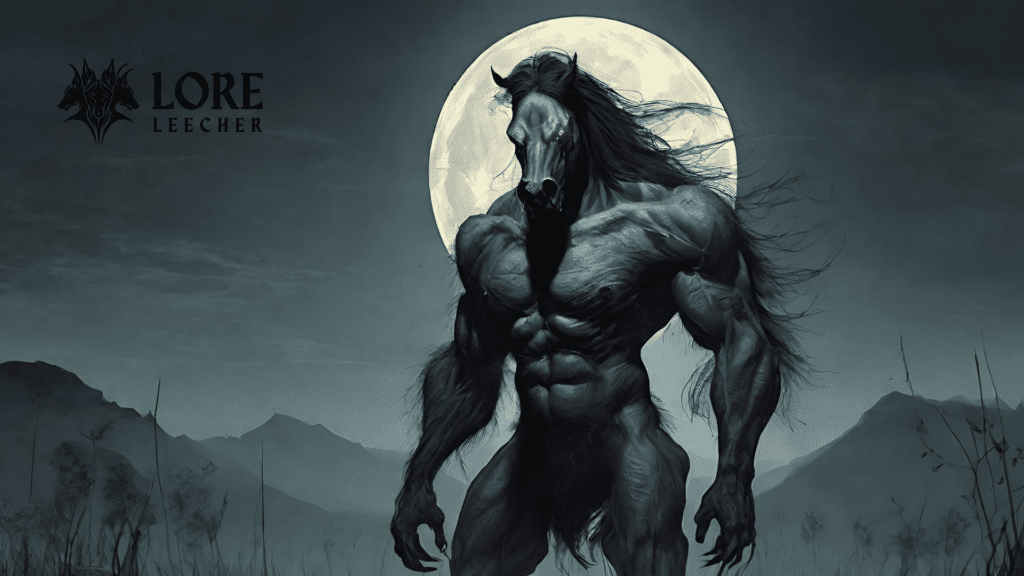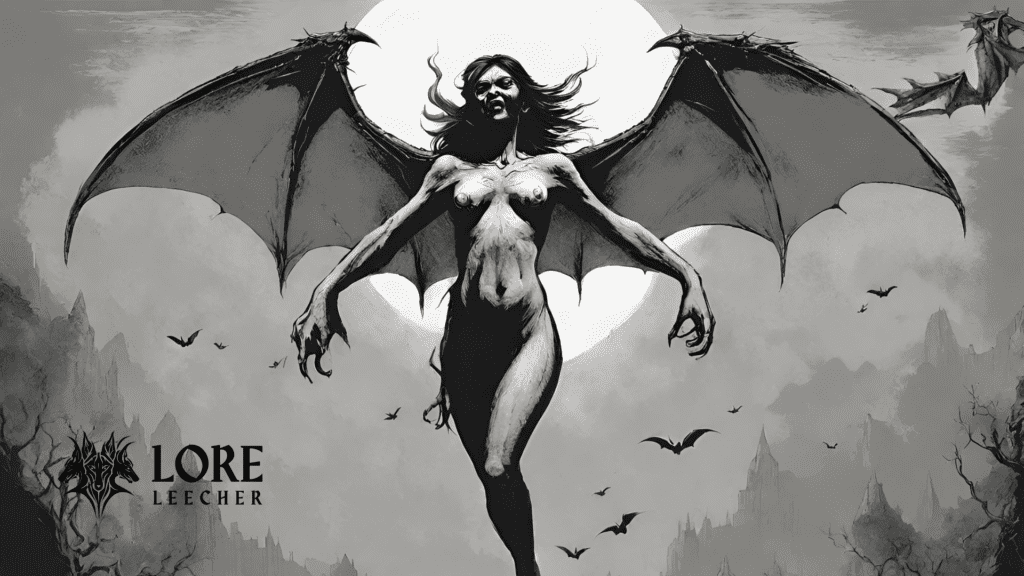
The Tikbalang is a fascinating creature deeply rooted in Philippine folklore. It is said to inhabit the mountains and rainforests of the Philippines, lurking in the shadows and captivating the imagination of those who dare to venture into its territory. This mythical creature is often depicted as a tall, bony humanoid with the head and hooves of a horse, possessing disproportionately long limbs that allow its knees to reach above its head when it squats down.
Legend has it that the Tikbalang is born out of an aborted fetus sent to Earth from limbo, adding an eerie twist to its origins. Known for its mischievous nature, the Tikbalang delights in scaring travelers and leading them astray. It plays tricks on unsuspecting individuals, making them return to the same path no matter how far they go or turn. However, there are countermeasures believed to ward off the Tikbalang’s pranks. Wearing one’s shirt inside out is said to deter its mischief while asking permission out loud to pass by or maintaining a quiet presence in the woods helps to avoid offending or disturbing the Tikbalang.
Interestingly, some versions of the Tikbalang folklore portray it as a benevolent guardian of elemental kingdoms. According to a superstition popular among the Tagalogs of Rizal Province, Tikbalangs stand as protectors of these kingdoms, often found at the foot of large trees, vigilantly watching over their territory. A local saying suggests that rain from a clear sky signifies a Tikbalang wedding, drawing a parallel to a Spanish proverb that claims rain on a sunny day signifies a witch’s wedding. Such sayings are found in various cultures, where trickster figures are associated with weddings or celebrations.
The Tikbalang possesses the ability to transform itself into human form or become invisible to humans, adding to its mystique. It takes pleasure in leading travelers astray, further emphasizing its mischievous nature. Legends associate the Tikbalang with dark, sparsely populated areas overgrown with foliage. Its abode is said to be beneath bridges, in bamboo clumps or banana groves, or atop specific trees such as Kalumpang (Sterculia foetida) or Balite (Ficus indica).
In some accounts, the Tikbalang’s mane is described as having sharp spines, with three of the thickest spines holding particular significance. It is believed that those who obtain these spines can use them as talismans, known as “anting-anting,” to keep the Tikbalang as their servant.
However, subduing the Tikbalang is no easy feat. One must leap onto its back and tie it with a specially prepared cord. The would-be-tamer must then hold on tightly as the creature flies through the air, fiercely battling to dislodge its unwelcome rider until it is exhausted and accepts defeat. Another version suggests that plucking three golden hairs from its mane before it devours its victim will also result in the Tikbalang serving the plucker until death.
The Tikbalang remains an enigmatic figure in Philippine folklore, captivating the imagination of both young and old. Its presence serves as a reminder of the rich cultural heritage and the deep connection Filipinos have with their folklore and legends. Whether it is seen as a mischievous trickster or a guardian of elemental kingdoms, the Tikbalang continues to intrigue and fascinate those who delve into the mysteries of Philippine folklore.

